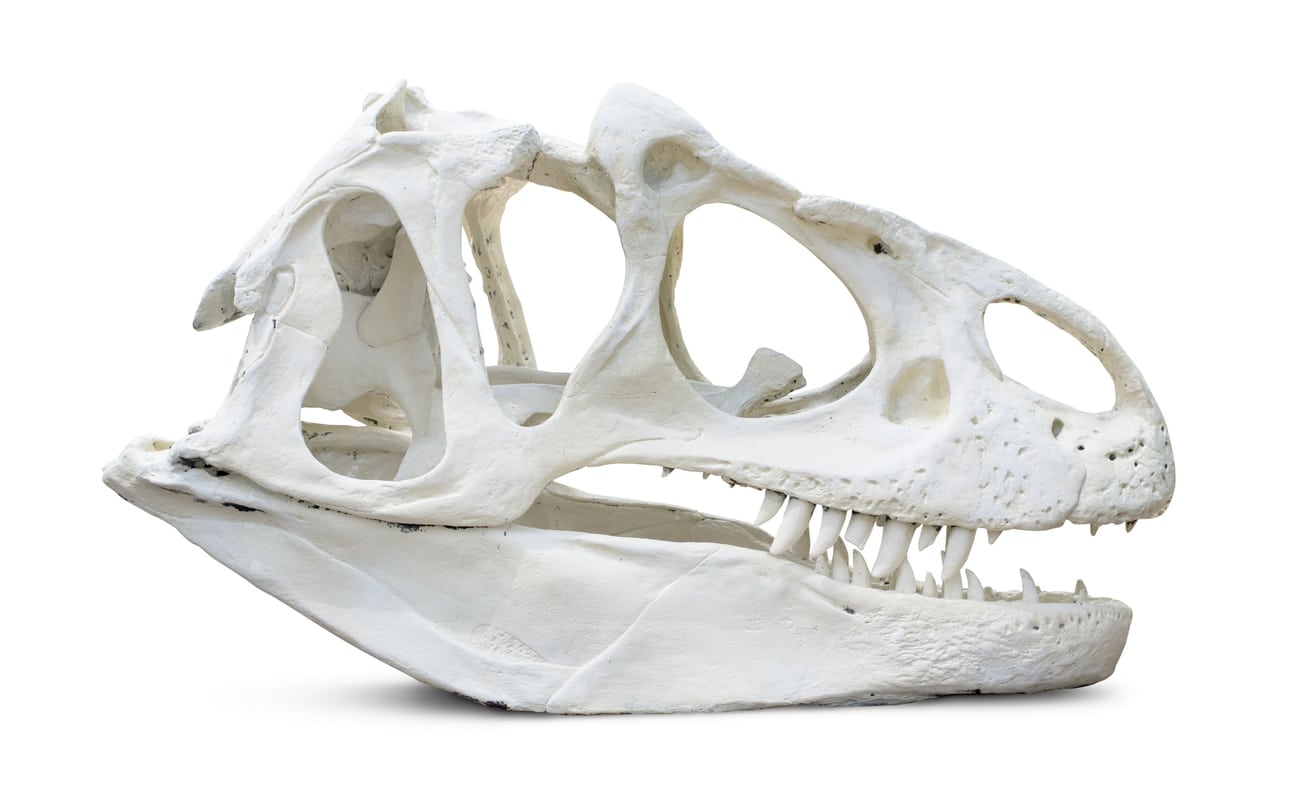Equipment at the Materials Innovation Factory, which hosts advanced analytical chemistry facilities for the Henry Royce Institute at the University of Liverpool, was used in a recently published study that unearths new possibilities for research into prehistoric life.
Contrary to a longstanding belief that fossilised dinosaur bones no longer contained organic matter due to the fossilisation process, researchers at the University of Liverpool have found collagen protein traces in a dinosaur bone from their own collections.
The fossil originates from a well-preserved Edmontosaurus sacrum excavated from Upper Cretaceous strata of the South Dakota Hell Creek Formation and is from the Mesozoic era – from 252 to 66 million years ago.
Royce kit at the Materials Innovation Factory, conducting sequencing and imaging techniques to confirm the collagen presence within the fossilised bone, was instrumental to the study.
Professor Steve Taylor, chair of the Mass Spectrometry Research Group at the University of Liverpool’s Department of Electrical Engineering & Electronics, said:
“This research shows beyond doubt that organic biomolecules, such as proteins like collagen, appear to be present in some fossils. Our results have far-reaching implications. Firstly, it refutes the hypothesis that any organics found in fossils must result from contamination. Secondly, it suggests that cross-polarized light microscopy images of fossil bones, collected for a century, should be revisited… Lastly, the findings inform the intriguing mystery of how these proteins have managed to persist in fossils for so long.”
The study has caught the attention of ITV News, who covered it on their News at Ten bulletin on 31st January – watch the segment here.
The full study ‘Evidence for Endogenous Collagen in Edmontosaurus Fossil Bone’ is published in the journal Analytical Chemistry and can be viewed here.



